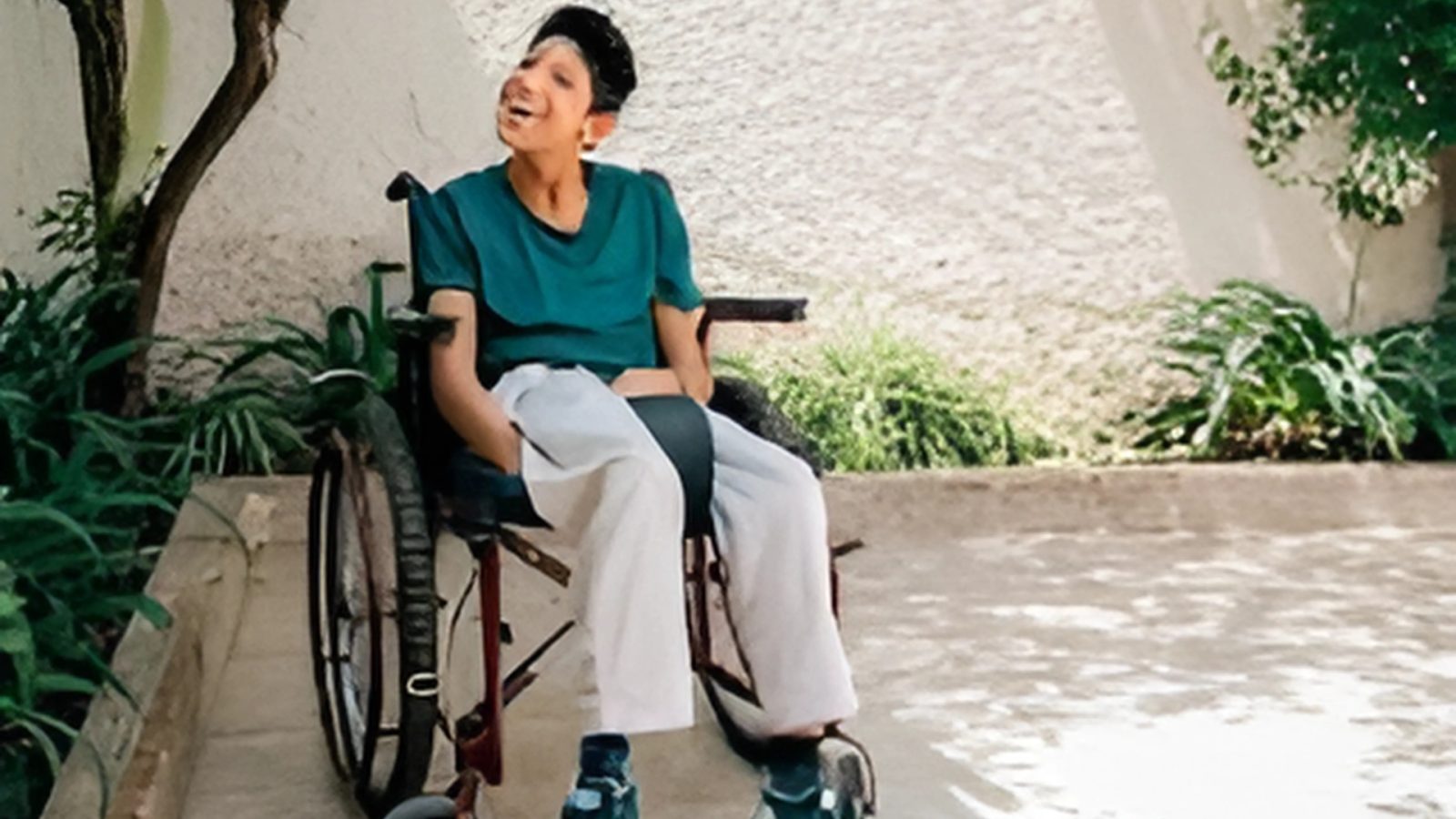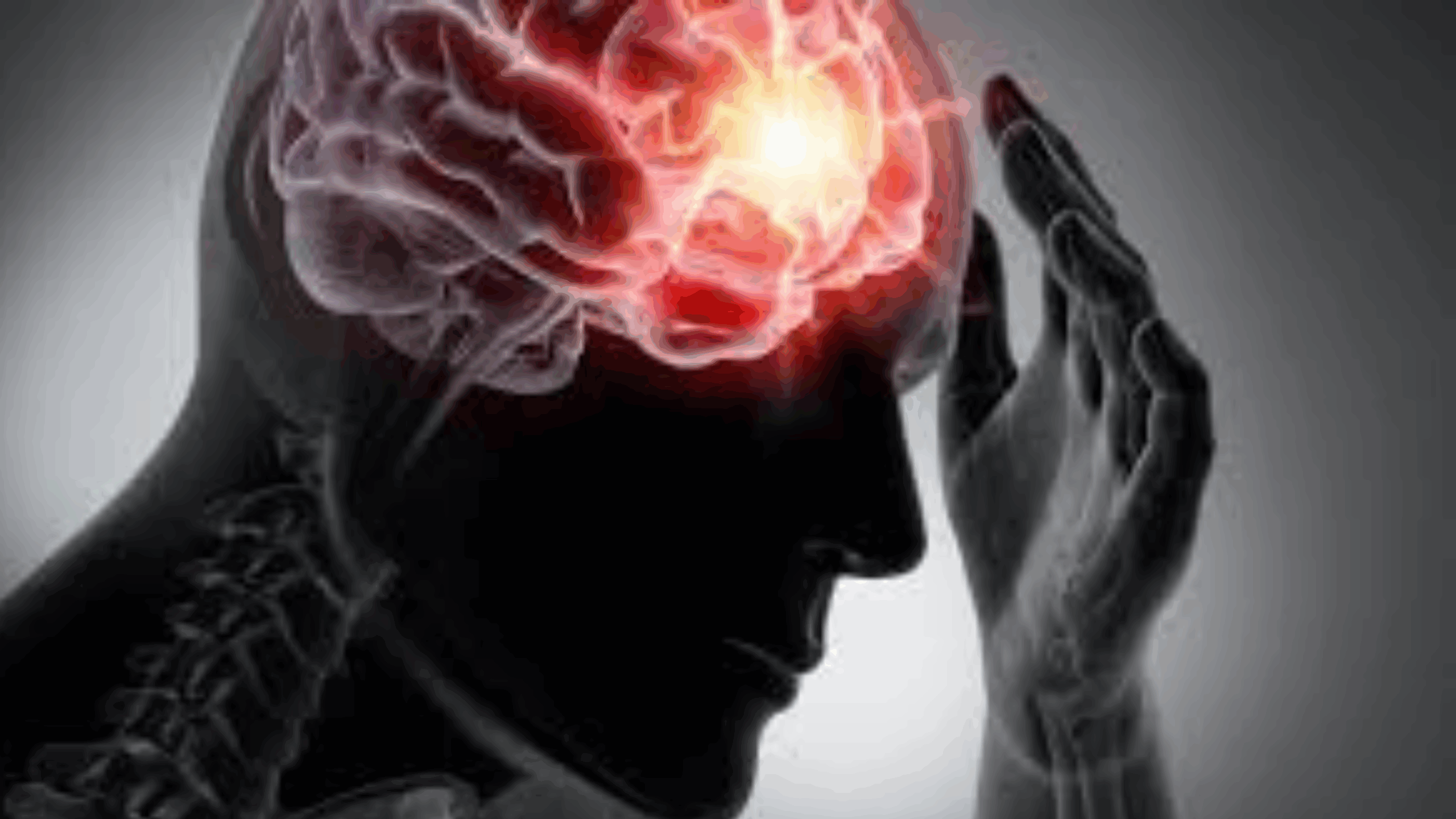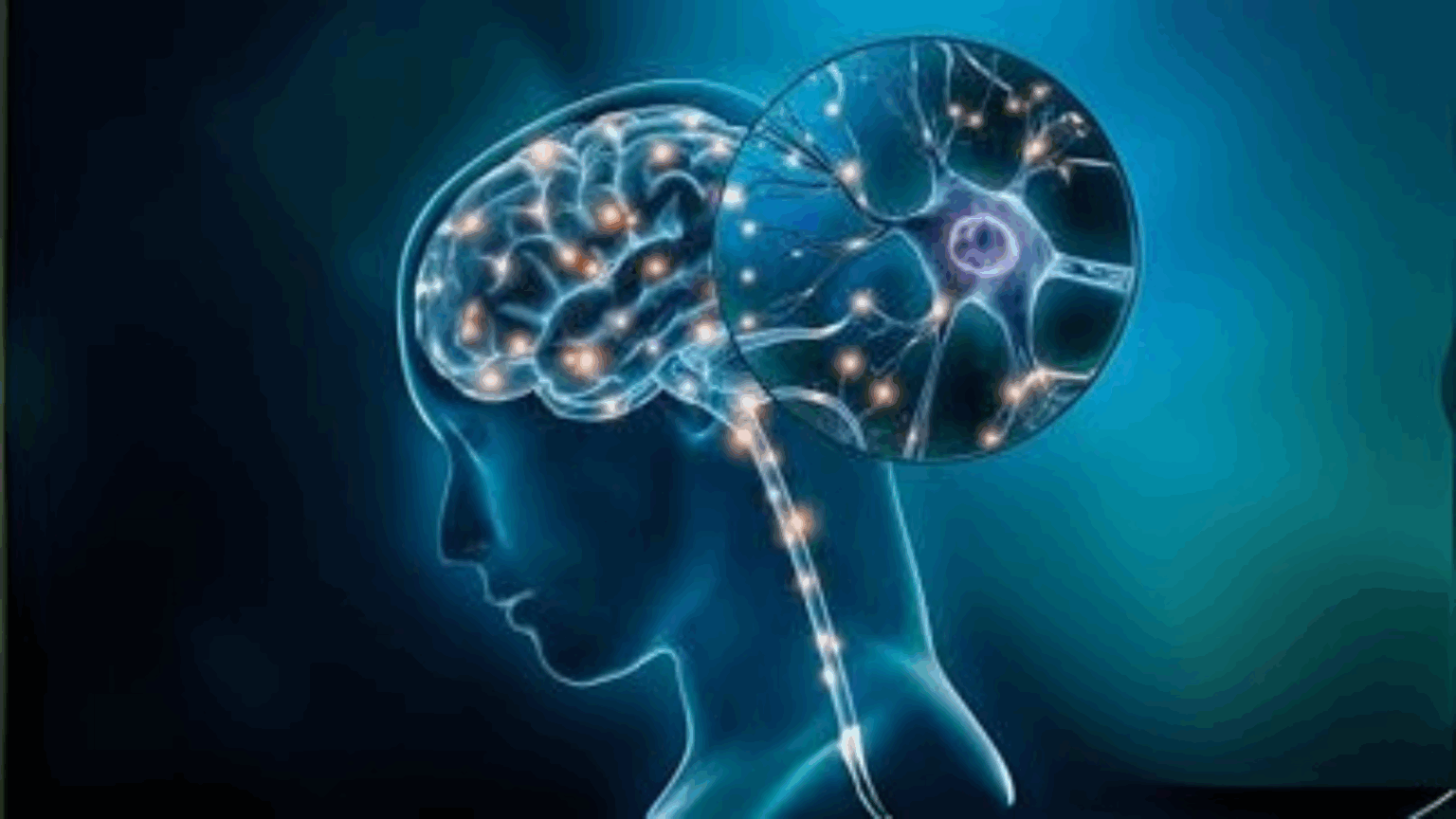Autism Spectrum Disorders
Autism Spectrum Disorders
Autism Spectrum Disorder (ASD) is a complex neurodevelopmental condition that affects individuals in various ways, impacting their social interaction, communication, and behavior. It’s characterized by a wide range of symptoms and varying degrees of impairment, making each person with ASD unique.

Key Characteristics of ASD
Social Communication Challenges: Individuals with ASD may struggle with understanding and using verbal and nonverbal communication cues, initiating or sustaining conversations, and developing and maintaining relationships.
Repetitive Behaviors and Restricted Interests: People with ASD may exhibit repetitive movements, such as hand flapping or rocking, and have intense interests in specific topics or activities.
Sensory Sensitivities: Many individuals with ASD experience hypersensitivity or hyposensitivity to sensory inputs like sounds, lights, textures, or tastes, which can lead to discomfort or distress.
Causes and Risk Factors
While the exact causes of ASD are still being researched, it’s believed to be a complex interplay of genetic and environmental factors that influence brain development. Some potential risk factors include:
Genetic Influences: Genetic mutations or variations may contribute to the development of ASD.
Environmental Factors: Premature birth, low birth weight, and oxygen deprivation during birth may also play a role.
Diagnosis and Treatment
Early diagnosis and intervention are crucial for maximizing potential in ASD. Diagnosis involves a comprehensive evaluation, including developmental history and observations of behavior. Treatment plans are highly individualized and may include:
Applied Behavior Analysis (ABA): A behavioral therapy that uses positive reinforcement to encourage beneficial behaviors.
Speech Therapy: Improves communication skills, including verbal expression and social communication.
Occupational Therapy: Helps individuals develop skills for daily living and addresses sensory integration issues.
Individualized Education Plans (IEPs): Customized learning plans designed to meet the specific needs of students with ASD.
Living with ASD
With proper support and treatment, individuals with ASD can lead fulfilling lives. It’s essential to recognize and appreciate the diversity within the autism spectrum and provide accommodations and support tailored to each person's unique needs. By fostering understanding and awareness, we can create inclusive environments that empower individuals with ASD to thrive academically, socially, and professionally.
The breakthrough Neuro Cytotron therapy , offer new hope for individuals with ASD. By understanding the causes and symptoms, we can work towards improving the lives of those affected by this condition.





